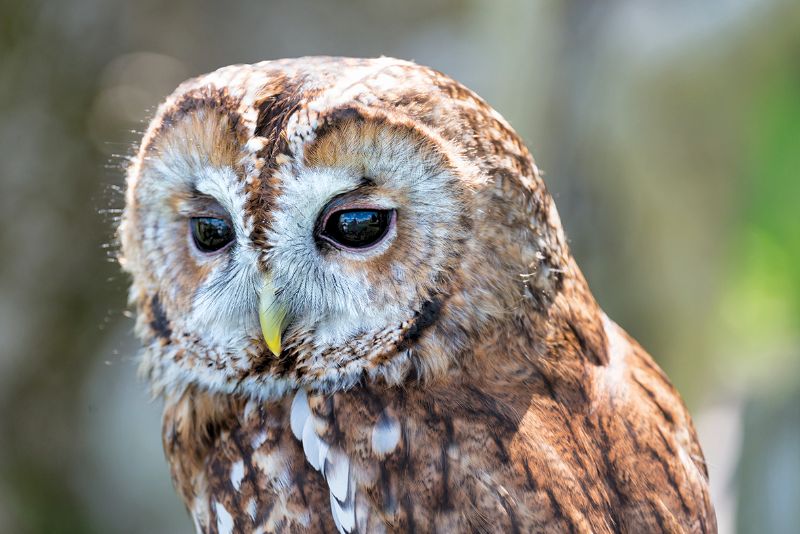- Home
- News, Articles & Reviews
We are hiring! Please click here to join our growing magazine delivery team in Gloucestershire!
Areas
Pets & Wildlife
Archive

Winter wildlife watching
All Areas > Pets & Wildlife > Wildlife Matters
Author: Maxine Raggatt, Posted: Monday, 17th December 2018, 09:00
For wildlife, winter can be harsh. Food is scarce and freezing temperatures can make everyday survival a battle. A lot of people associate winter with there being barely any wildlife out and about, but it is, in fact, quite the opposite. Winter is a wonderful season to take to the countryside, as there are no leaves left on most tree species, so visibility of animals is much clearer.
If you head down to the forest, you may get a chance to see and hear Britain’s most widespread owl – the tawny owl – as they favour woodland habitats. You will often find them roosting in small holes in the sides of trees. It is also a great time of year to spot squirrels leaping between the branches and foraging for food. They can also be spotted in gardens taking food from bird feeders! Although squirrels build themselves a den to sleep in, they do not hibernate in the winter.
If it has been particularly cold and there is snow on the ground, or you are in an area of soggy mud, you can go searching for animal tracks. Badger tracks can be seen from their nocturnal activity, along with foxes and deer.
An educational family activity
You could turn this into an educational family activity to get everyone up and out on a chilly day, but be sure not to disturb any wildlife you come across. Making sure you leave any piles of sticks, leaves and rocks in place on the forest floor is crucial, so you do not disturb the smaller wildlife species and hibernating animals such as hedgehogs and dormice.
If you head down to the riverside or lakes, there will be a large variety of birds around, some of which are in migration. The most recognisable birds to spot will be mallards, geese and swans, but other birds you may encounter either near the water or further inland are wood-peckers, pheasants, partridges, smews, waxwings, Iceland gulls and of course robins.
Certain plant life can also thrive in the winter, as some species are built for colder conditions. Snowdrops tend to flower between January and March and prefer damp soil so are often found in woodlands and by riverbanks. Dogwood, with its colourful bare stems, and mistletoe can also be found along with holly, which is beneficial to wildlife as it provides dense cover for birds. The bright red berries often associated with holly are only found on the female plants. These are also consumed by birds in late winter when other sources of food are scarce.
No matter where in the countryside or along the coast you visit this winter there will still be animals around looking for food and shelter. Winter is also an excellent time to take some stunning photographs of wildlife and all the scenery has to offer on those beautiful frosty mornings.Other Images
Copyright © 2024 The Local Answer Limited.
Unauthorized use and/or duplication of this material without express and written permission from this site's author and/or owner is strictly prohibited. Excerpts and links may be used, provided that full and clear credit is given to The Local Answer Limited and thelocalanswer.co.uk with appropriate and specific direction to the original content.More articles you may be interested in...


© 2024 The Local Answer Limited - Registered in England and Wales - Company No. 06929408
Unit H, Churchill Industrial Estate, Churchill Road, Leckhampton, Cheltenham, GL53 7EG - VAT Registration No. 975613000You are leaving the TLA website...
You are now leaving the TLA website and are going to a website that is not operated by us. The Local Answer are not responsible for the content or availability of linked sites, and cannot accept liability if the linked site has been compromised and contains unsuitable images or other content. If you wish to proceed, please click the "Continue" button below:




